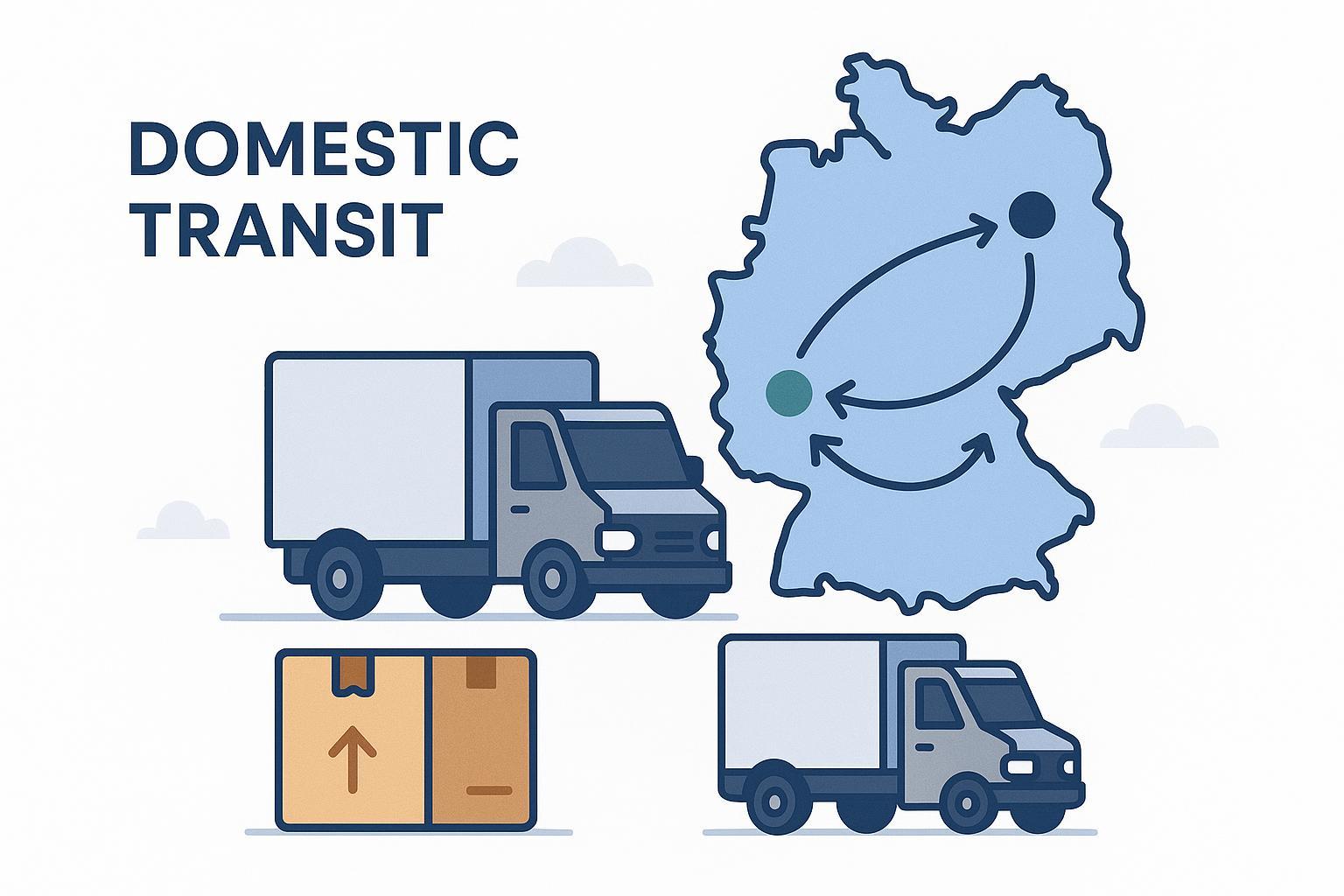Understanding Domestic Shipping Meaning: Key Concepts and Benefits

What Is Domestic Shipping?
Domestic shipping refers to the transportation of goods from one location to another within the same country, using national carriers and following local regulations.
— ShipBob, Webretailer
Unlike international shipping, domestic shipping never crosses national borders. It streamlines movements and reduces time, complexity, and regulatory burden for businesses and consumers alike.
Common Confusions: Local Shipping & Last-Mile Delivery
- Local shipping: Shipment limited to a city or region.
- Last-mile delivery: The final stage from warehouse or local hub to the customer’s door.
- Domestic shipping: Encompasses any shipment within a country, including both local and long-distance, as well as last-mile segments.
Key Steps in the Domestic Shipping Process
- Order Received: Customer places an order.
- Picking & Packing: Item picked from inventory and securely packed.
- Label Generation: Address and tracking labels are created using standardized tools.
- Carrier Selection & Handover: Choose a domestic courier (e.g., USPS, FedEx, UPS, DHL) and tender the shipment.
- In-Transit Tracking: Shipment moves across the carrier's network.
- Delivery: Order delivered to the recipient.
- Returns Management: If required, items return through the same or separate process.
Best Practice: Automate label creation and tracking updates, select carriers based on cost, speed, and reliability, and integrate your shipping platform with order and inventory management for fewer errors.
Domestic vs. International Shipping: Key Differences
| Aspect | Domestic Shipping | International Shipping |
|---|---|---|
| Geographic Scope | Within one country | Crosses national borders |
| Carriers | National/regional couriers | Global express/international carriers |
| Documents | Shipping label, local compliance | Customs forms, import/export docs |
| Speed | 1–7 days (typical) | Longer, varies by destination |
| Cost | Generally lower | Higher due to tariffs, customs, etc. |
| Risk | Lower (fewer handoffs/regulations) | Higher (customs delays, lost parcels) |
Major Benefits of Domestic Shipping
- Faster Delivery: Shorter distances mean packages arrive quickly, enhancing customer satisfaction.
- Lower Costs: Fewer regulatory hurdles and local carrier competition keep shipping affordable.
- Regulatory Simplicity: No customs documentation or import/export compliance needed.
- Flexible Carrier Options: Broad choice of local, national, and specialized couriers.
- Easier Returns & Support: Simplified reverse logistics and faster issue resolution.
Related Concepts & Further Reading
- Logistics: The orchestration of movement and storage across the supply chain.
- Fulfillment: The end-to-end process from order receipt to delivery and returns.
- Carriers: Companies that actually transport parcels.
- Last-mile delivery: The critical, final delivery stage.
- International Shipping: Moving goods across borders.
Why It Matters for eCommerce & Supply Chains
Understanding domestic shipping is critical for any business moving goods within a country. Well-optimized domestic workflows increase delivery speed, reduce errors and costs, and improve the post-purchase customer experience. As eCommerce grows, seamless, reliable domestic shipping is now a core competitive advantage.
For more insights, consult logistics service providers (such as ShipBob or DHL) or your national postal authority for best practice guidance and up-to-date regulations.
References